Astrobiology Revealed #26: Antonin Affholder
on whether glycine could sustain microbes in Titan's ocean
by Aubrey Zerkle
For this Astrobiology Revealed, we asked Antonin Affholder about his recent paper, “The Viability of Glycine Fermentation in Titan’s Subsurface Ocean.” Antonin is currently a NOMIS-ETH postdoctoral fellow at the Centre for the Origin and Prevalence of Life at ETH Zürich. He’s affiliated with the Laboratory of Ecosystems and Landscape Evolution, Institute of Terrestrial Ecosystems, at ETH. Antonin explains why glycine-munching microbes might exist in Titan’s ocean, but they’d be extremely challenging to detect given their scarcity. (This interview has been edited for length and clarity.)
As an evolutionary ecologist, how did you become interested in life elsewhere in our solar system?
Actually, I was interested in extraterrestrial life before I got into evolutionary ecology. Like many others, I read a lot of sci-fi books and watched a lot of sci-fi movies. When I entered the École Normale Supérieure in Paris, I thought that my opportunities would be endless and had promised myself that I would try to study astrobiology. But when I started studying there, I became totally obsessed with evolutionary ecology and forgot all about astrobiology. Later, I was discussing opportunities for research internships with my professor of eco-evolution theory, and he said he was looking for someone to join a brand-new project of his: using eco-evo theory to study the possibility of life in extraterrestrial environments. I did not think twice.
The theory of evolution is so poorly understood by the public, but also by non-biologists. The study of ecosystems reveals that the drivers of evolution can produce very convoluted evolutionary history, in part because evolution changes how an ecosystem affects its environment, which in turn provides evolutionary constraints. Even today, I am driven by this question of eco-evolutionary feedbacks. It might not be obvious from my published work, because there is a lot to do before we can tackle these questions within the context of astrobiological research, but my long-term goal is to gain a better understanding of the co-evolution between the biosphere and the global environment over geological timescales.
Why is Titan interesting from an astrobiological perspective? (Titan is my favorite body in our solar system btw! :)
Titan is interesting from different perspectives. First, it is an icy moon, likely possessing a subsurface ocean of liquid water. Liquid water is always interesting, since we still know so little about the oceans of icy moons, which are currently the only liquid water oceans known to exist outside of Earth. In addition to this, Titan’s surface is uniquely rich in organic matter, forming a dense haze and dunes. The chemistry happening when Titan’s organics interact with sunlight and radiation is reminiscent of the prebiotic chemistry that was occurring when Earth was still a very young planet. Also, all these organic compounds may serve as a food source to a potential biosphere. This latter aspect is the one we chose to focus on. Because the organic-rich surface is such a defining feature of Titan, we wanted to research how much potential for supporting extant life was actually there.
You used bioenergetic models to test whether microbes in Titan's ocean could be performing glycine fermentation - why might this be a favorable metabolism for microbes on Titan?
We chose to focus on glycine fermentation for various reasons. Titan has abundant organic compounds of various kinds, but how many of those can actually serve as a food source in Titan’s ocean? Most of these organic compounds are hydrocarbon molecules, which are carbon chains with hydrogen, like gasoline or plastic. In some instances, those are consumed by known life, although they’re not typical food – for example, gas doesn’t really spoil, and we can’t eat plastic. Some microbes can process hydrocarbons, but they use chemical reactions that require dioxygen, which is absent in Titan’s ocean. It’s also not always clear whether those reactions correspond to detoxification or to energy acquisition.
So, hydrocarbons are not an ideal food source to consider at Titan, but what other compounds can we consider? Glycine is a relatively simple and common organic molecule. It is found in meteorites, its precursors are found in nebulae, it is naturally synthesized in hydrothermal systems, and, of course, it serves as a basic block of proteins. Fermentation of glycine is ubiquitous; it is thought to have emerged early in Earth’s history, and is being performed by microbes in our guts, in our refrigerators, in the soil, etc.
Glycine was almost certainly present in the building blocks from which Titan was formed and is likely synthesized by chemical reactions currently occurring at Titan’s surface, or perhaps at hydrothermal vents. Our calculations show that this metabolism might indeed be energetically favored in Titan’s ocean. While it has recently become a common approach to focus on the energetic favorability of candidate metabolisms, our work shows that this calculation alone does not paint the full picture. Indeed, we show that while energetically favored, glycine fermentation might not sustain a large biosphere because of its possibly sluggish delivery rate to the ocean.
Where does the glycine on Titan come from, and how does it get to the theoretical microbes?
This is the key question that our findings bring up. Previous work by our group found that glycine could be delivered by sinking ‘melt pools’ forming at the surface of Titan when a meteorite hits. These melt pools harbor chemistry that can synthesize glycine and transfer matter to the ocean. As we show, this is a relatively limited supply. However, other mechanisms, unknown or unconstrained, could participate in transferring glycine to the ocean. For instance, an initial stock of glycine contained in the accretion materials of Titan could be released continuously to the ocean, or it could have been entirely transferred at ‘differentiation’ (when the layers settle); we do not know. There could also be ongoing hydrothermal processes synthesizing glycine. All of that would add to our estimations.
Given the limited supply of glycine, you calculated that its fermentation could support less than 1 cell per kilogram when diluted throughout the entire ocean, which would be very difficult to detect. What's your advice for astrobiologists looking for microbes on Titan - what environments or other metabolisms should they concentrate on to have the greatest chance for success?
I think that this work cautions against assuming that if life populates Titan’s ocean, sampling its waters would reveal it. Life might be very localized. Think about the early Earth, more than 3 billion years in the past. There was no life on the emerged lands, and the first few meters of the ocean were sterilized by UV radiation. Yet, life had likely already emerged. It is possible that an observer looking for life on the early Earth would have had to find seafloor hydrothermal systems, which cover only a tiny fraction of the seafloor, to conclude anything but that Earth was lifeless.
On Titan, we should try to find out if there could be environments that concentrate yummy stuff for microbes, such as glycine. What would these environments be? It remains hard to tell for now. Perhaps a melt pool within the ice crust, possibly already in contact with the ocean, could be interesting. Evidence for hydrothermal vents would also be exciting.
I saw that you're starting a NOMIS-ETH Fellowship in Zurich - congrats! Will you continue researching potential extraterrestrial biospheres?
Thanks, I am super happy to have been given the opportunity to pursue my own research projects! I will be researching atmospheric biosignatures of exoplanets. In particular, I will focus on photosynthetically produced dioxygen. Should we expect an Earth-like planet with Earth-like life to have abundant atmospheric dioxygen? On Earth, oxygenation at 1% of the present level took half a billion years after the emergence of photosynthesis, and oxygenation at present levels dates back only half a billion years, 2 billion years after the emergence of photosynthesis! So, photosynthesis and atmospheric oxygen don’t necessarily seem to be automatically associated.
Is there anything else you’d like to discuss that I haven’t asked you about?
This work illustrates that there are multiple angles to habitability. At first glance, Titan’s organics may seem like a food source, but specific organic molecules known to be used as food sources by life are rarer. There may be fundamental, chemical reasons why certain organic molecules are not used by known Earth-based life, implying that alien life may also not use them.
Life harvests energy from chemical reactions when those reactions transfer electrons. This is not the case for every chemical reaction, and there is perhaps no way for life to harvest chemical energy differently. Bioenergetic modeling does not discriminate between electron-transferring reactions and others. A non-electron-transferring reaction may appear as one that releases a lot of energy, but perhaps not energy that can actually be used by cells. So, when we are looking for extraterrestrial life, we have to be very careful about what ‘metabolisms’ (the reactions through which cells harvest energy) are considered.
Another point is that bioenergetic approaches typically focus on fixed chemical and physical conditions to estimate whether the occurrence of a certain chemical reaction would release energy in those given conditions. However, life is a dynamic phenomenon; it requires fluxes to sustain itself. As an analogy, if you live in a house where the fridge is full of food but there is no store for you to restock once you have eaten everything, then you might not survive for long. Therefore, one must consider a candidate environment for life as one that exchanges matter and energy with its surroundings. In the case of Titan’s ocean, it is crucial to constrain how much food can be delivered to the ocean per unit of time to evaluate its potential for life.

